Lasers w/ Modulation
Amanda Floeckner2025-10-08T15:31:02-05:00Lasers w/ Modulation

TTL (Transistor-Transistor Logic) modulation is a method of controlling a laser’s output by using an external electrical signal to turn the laser on and off. This allows the laser to be modulated at a high frequency, which is useful in applications such as laser scanning and optical communication.
There are two main types of TTL modulation: analog and digital.
Analog TTL modulation uses an analog voltage signal to control the laser’s output. The voltage level of the signal determines the amount of laser power that is emitted. This allows for continuous and smooth control of the laser’s output, which is useful in applications where precise control of the laser power is required.
Digital TTL modulation, on the other hand, uses a digital signal to control the laser’s output. The digital signal is either on or off, which corresponds to the laser being on or off. This allows for fast switching of the laser’s output, which is useful in applications such as data transmission and laser scanning.
Both analog and digital TTL modulation have their own advantages and disadvantages, and the appropriate type of modulation will depend on the specific application and the requirements of the system.
Power Technology provides a variety of laser modules that offer both analog and TTL modulation options.
Our Standard Modulated Laser Modules: Select to See Available Configurations
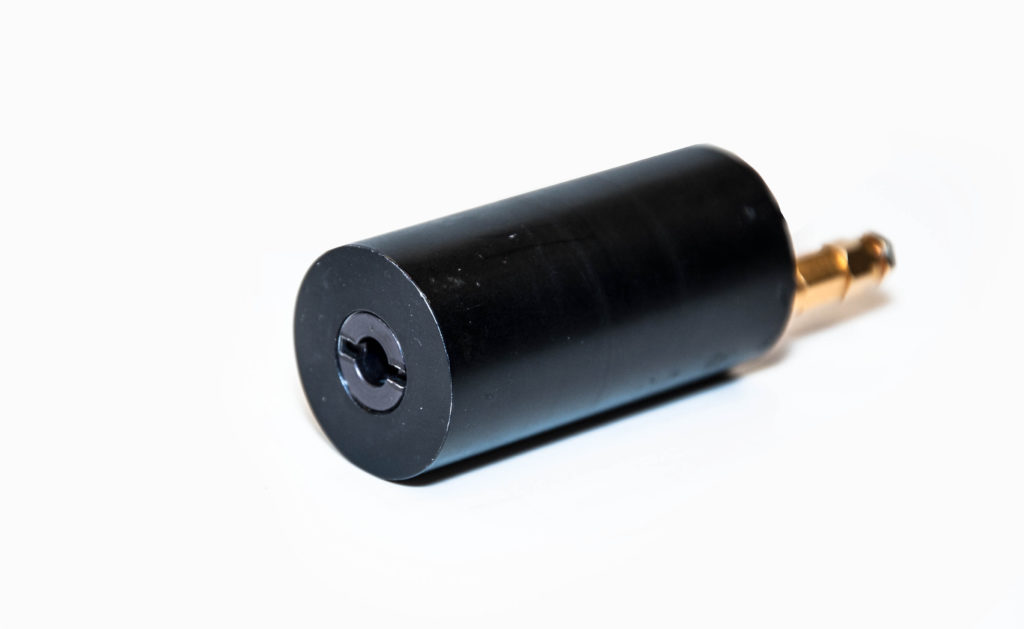
PMT
Separated Geometry Available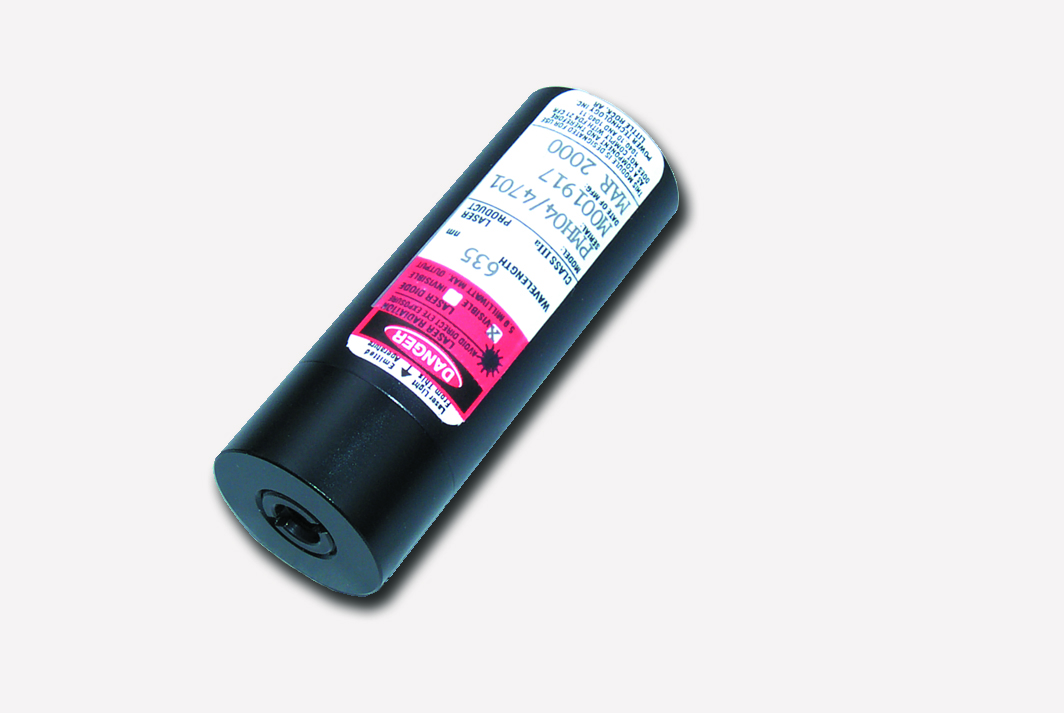
PMA
6-Pin Connector
PMH
High Speed
PLB
Compact - 8 mm Diameter
PLG
Compact - 10 mm Diameter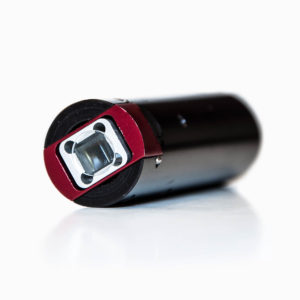
PNF
Uniform Intensity Line
IQ1
Superior Stability & Precision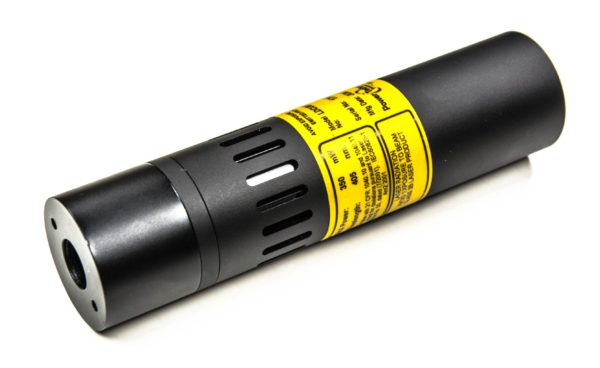
IQ2
Circular Beam Output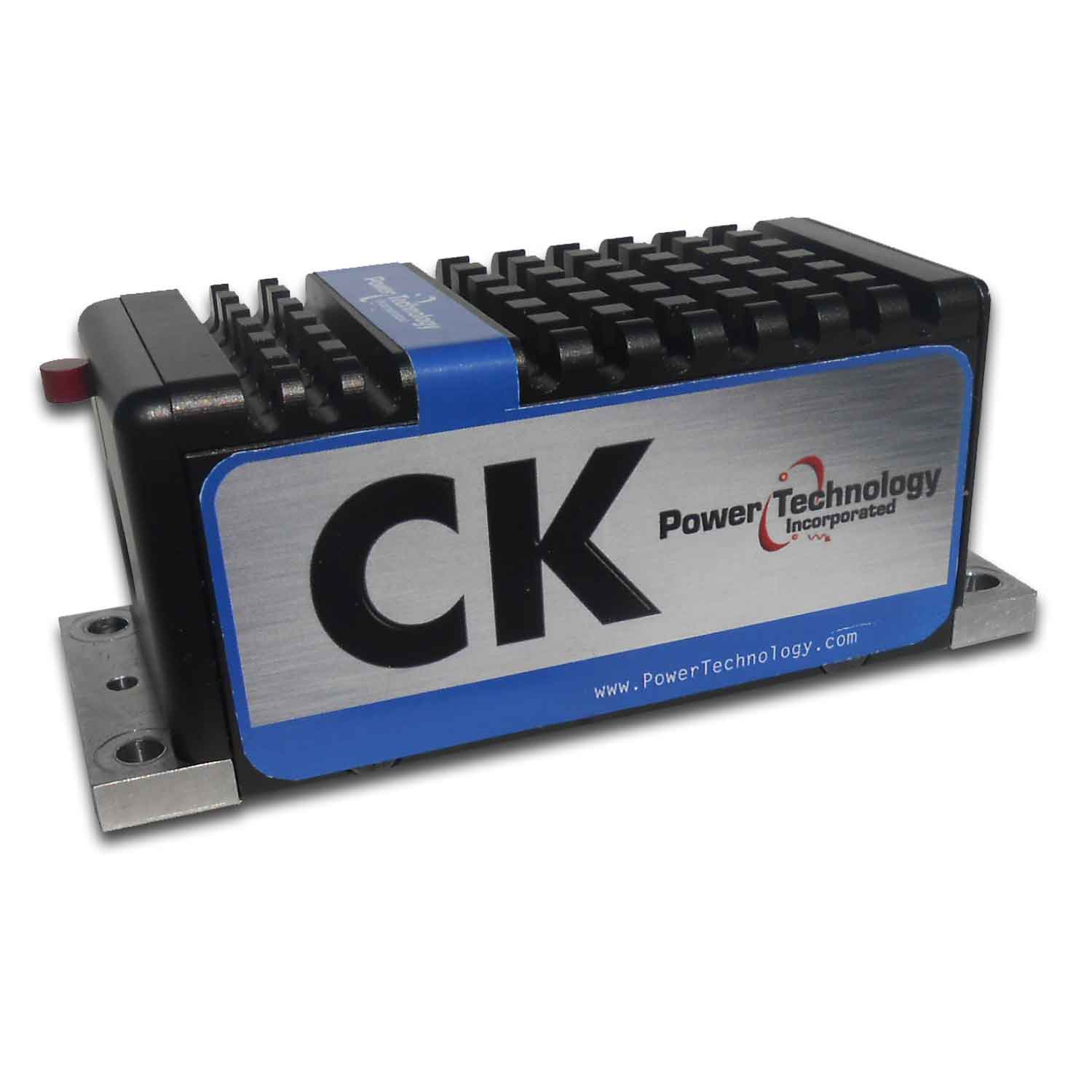
CK
Microprocessor Controlled| Product Name | Color | Wavelength (nm) | Power | Power Units | Platform | Price | hf:att:pa_color | hf:att:pa_power |
|---|
Contact Us
For custom quotes and more information about our laser technology services, please call, chat or submit our online form below.
